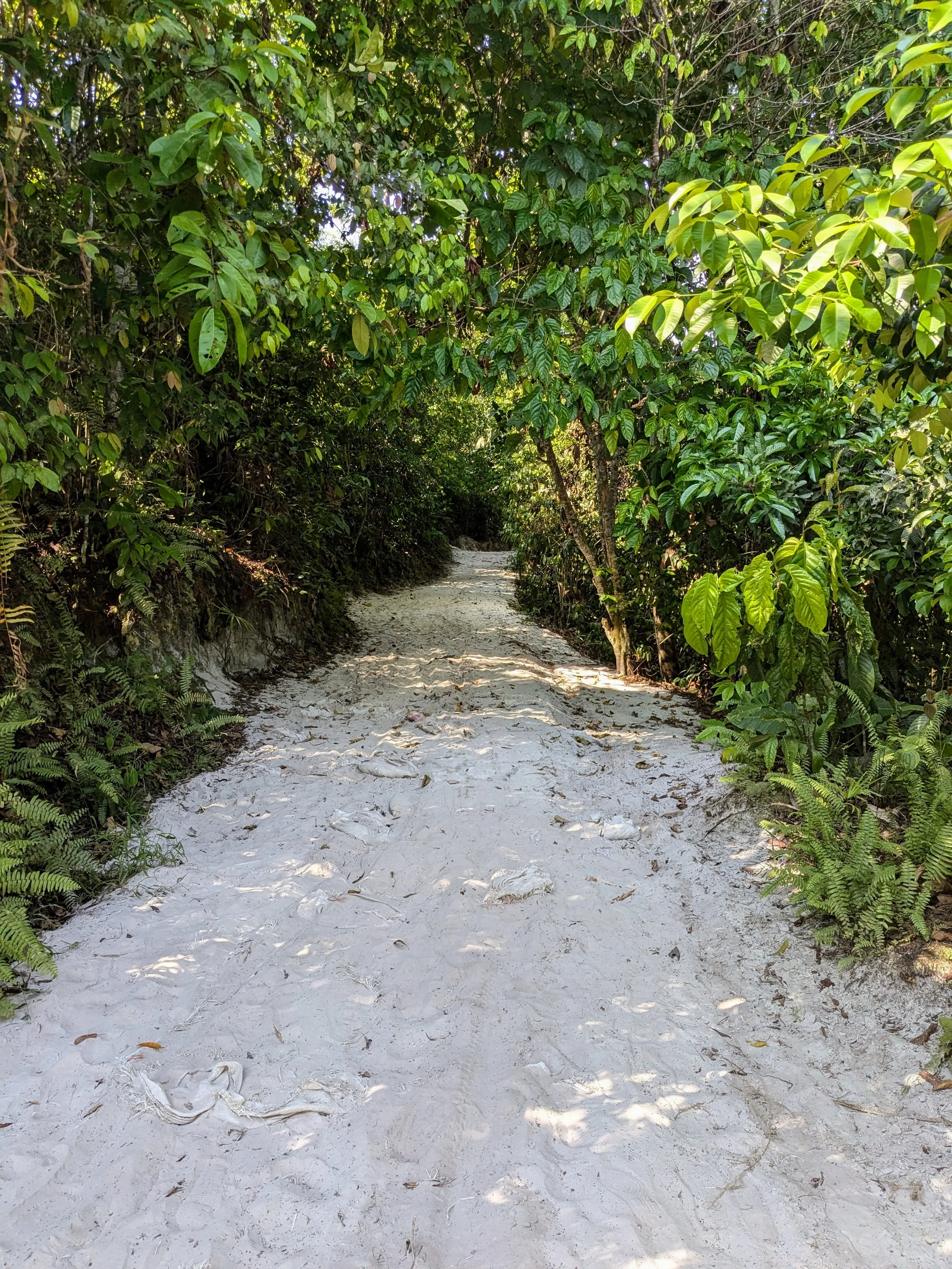It's inevitable.
To love the world means having grief about the world.
Despair comes when we slam against the Universe outside us, brakes unactivated. It's what happens when we see how little we can grab onto, how little stays in our hands.
Maybe it's age, too.
There is a cooling that we can feel towards life when we realize what we thought was ours - like that café - just changes. No asking. No warning. No time to brace.
Then, again…
Perhaps it's similar to when food rests, it's flavors also deepen in the dark. Or how we can get more honest and specific about our lives.
There is a cooling and grief when we step away and see what changed while we weren't looking. The garden we planted last spring. That friendship has, in fact, changed. All of it is processed by time into something that just took place before. Maybe it’s just changed forms and now exists just as much as ever.
There is grief in the evolution. But also an endless door.
Another endless door
Es inevitable.
Amar al mundo significa tener pena por el mundo.
La desesperación llega cuando nos estrellamos contra el Universo fuera de nosotros, frenos desactivados. Es lo que ocurre cuando vemos lo poco a lo que podemos agarrarnos, lo poco que permanece en nuestras manos.
Quizá también sea la edad.
Hay un enfriamiento que podemos sentir hacia la vida cuando nos damos cuenta de que lo que creíamos que era nuestro -como ese café- simplemente cambia. Sin preguntar. Sin avisar. Sin tiempo para prepararse.
Entonces...
Quizá sea parecido a cuando la comida reposa, sus sabores también se profundizan en la oscuridad. O cómo podemos ser más honestos y específicos sobre nuestras vidas.
Hay un enfriamiento y una pena cuando nos alejamos y vemos lo que cambió mientras no mirábamos. El jardín que plantamos la primavera pasada. Que la amistad, de hecho, ha cambiado. Todo ello es procesado por el tiempo en algo que simplemente tuvo lugar antes. Quizá sólo ha cambiado de forma y ahora existe tanto como antes.
Hay dolor en la evolución. Pero también una puerta sin fin.



